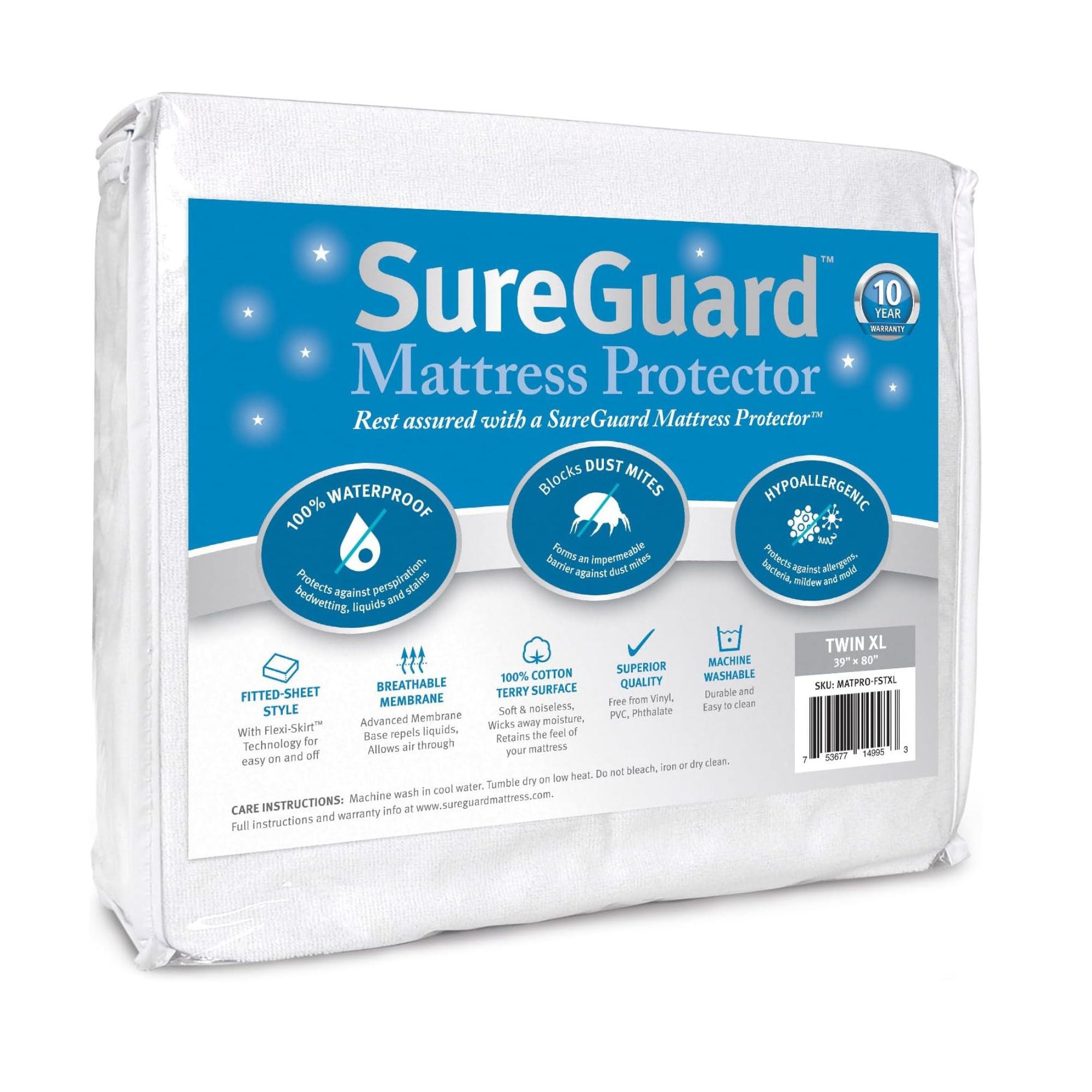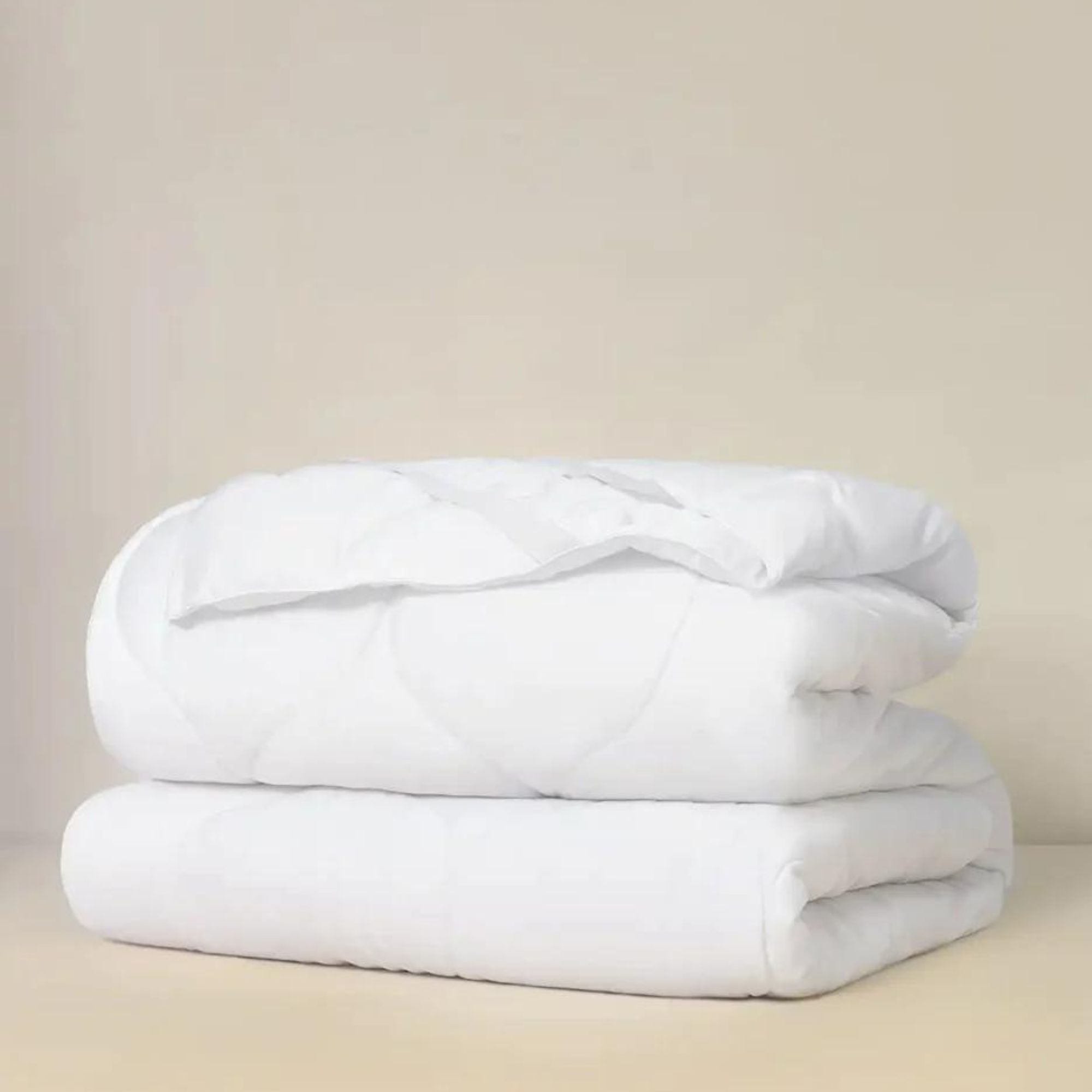How long do memory foam mattresses last?
I spoke to mattress testers and medical professionals to learn more about the lifespan of a memory foam mattress – plus, how to extend it


If you're on the hunt for a new mattress, you might be wondering: 'how long do memory foam mattresses last?' I don't blame you. A mattress is a major investment − you don't want to spend hundreds, or even thousands, of dollars on a new mattress only for the foam to deform in a few years' time.
Out of all the mattress types, memory foam has one of the shorter life spans – around six to eight years, when you take good care of it. Over time, your memory foam mattress will start to incur indents and impressions, creating uncomfortable lumps and bumps in your sleep surface.
As H&G's resident sleep writer, I lead a team of expert testers in the search to find the world's best mattress. We assess each mattress against the same criteria: comfort; support; breathability; and motion isolation. We've learned how long a mattress should last, depending on its inner materials and the quality of your care.
How long does a memory foam mattress last?
Even the best memory foam mattress won't last forever. I spoke with mattress testers and medical professionals to learn more about the lifespan of a memory foam mattress. Together, we can teach you how to extend the life of your memory foam model and tell you when to call time on your aging mattress.
How long does a memory foam mattress last?
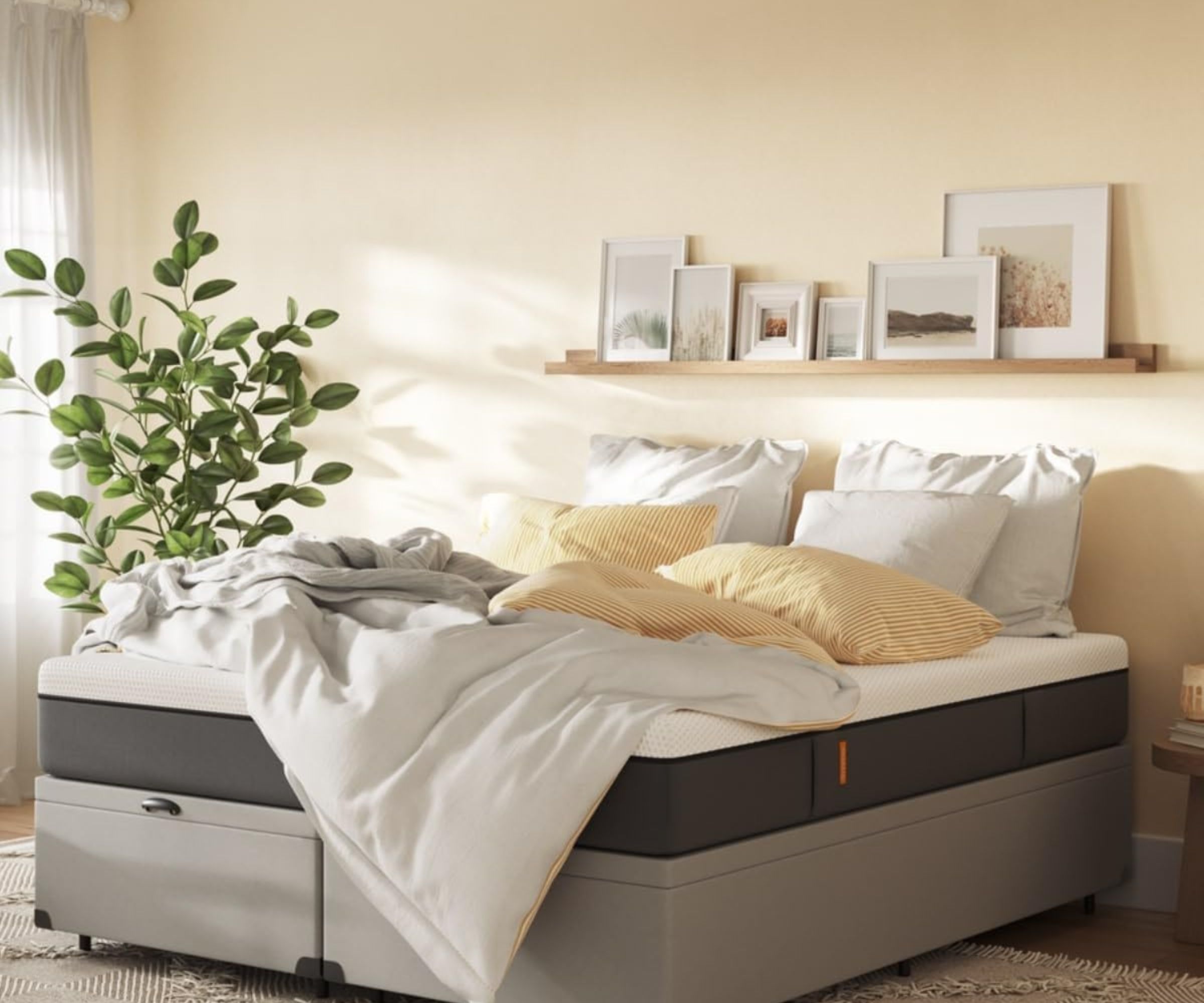
According to Alex Frost, a fellow mattress tester at H&G, 'your typical memory foam mattress will last you between six and eight years. After eight years, you can expect to see sagging, indents and impressions. When you're lying on the mattress, you're likely to experience reduced support. The denser the foam, the more durable the bed is likely to be.'
Density matters because lower-density foams degrade more quickly than higher-density foams. Density is measured in pounds per cubic feet. To get a durable memory foam mattress, you're looking for foam to support at least 5 pounds per cubic foot. In layman's terms, higher-density foam feels firmer and more supportive than lower-density foam, which is soft and squishy.
When you're shopping for a memory foam mattress online, take a quick look through the specifications. The most durable memory foam mattresses are founded on high-density polyurethane foam. You're looking for a mattress where the dense base makes up at least half of the total mattress depth.
How can I make my memory foam mattress last longer?

- Use the right foundation: unless you're planning to place your mattress on the floor, you need to make sure you've got the best bed frame for your memory foam mattress. I recommend a slatted foundation to boost breathability throughout the mattress − memory foam is known to trap heat.
- Rotate it: memory foam is made to mold to the shape of your body. This sort of contouring comfort makes for great pressure relief, but it means that your mattress is likely to develop indents and impressions in certain areas. The best way to distribute pressure evenly across the mattress is to rotate your mattress once or twice a year. That is, unless your memory foam mattress features ergonomic zones – or else you'll miss out on the specialized support.
- Use a mattress protector: the easiest way to keep your bed and body clean is to invest in the best mattress protector. Slip one of these lightweight layers between your mattress and your fitted sheet to stop mold, must, and mildew from building up inside your bed. Since memory foam tends to trap heat and moisture, it's even more important to use a mattress protector to bust bacteria.
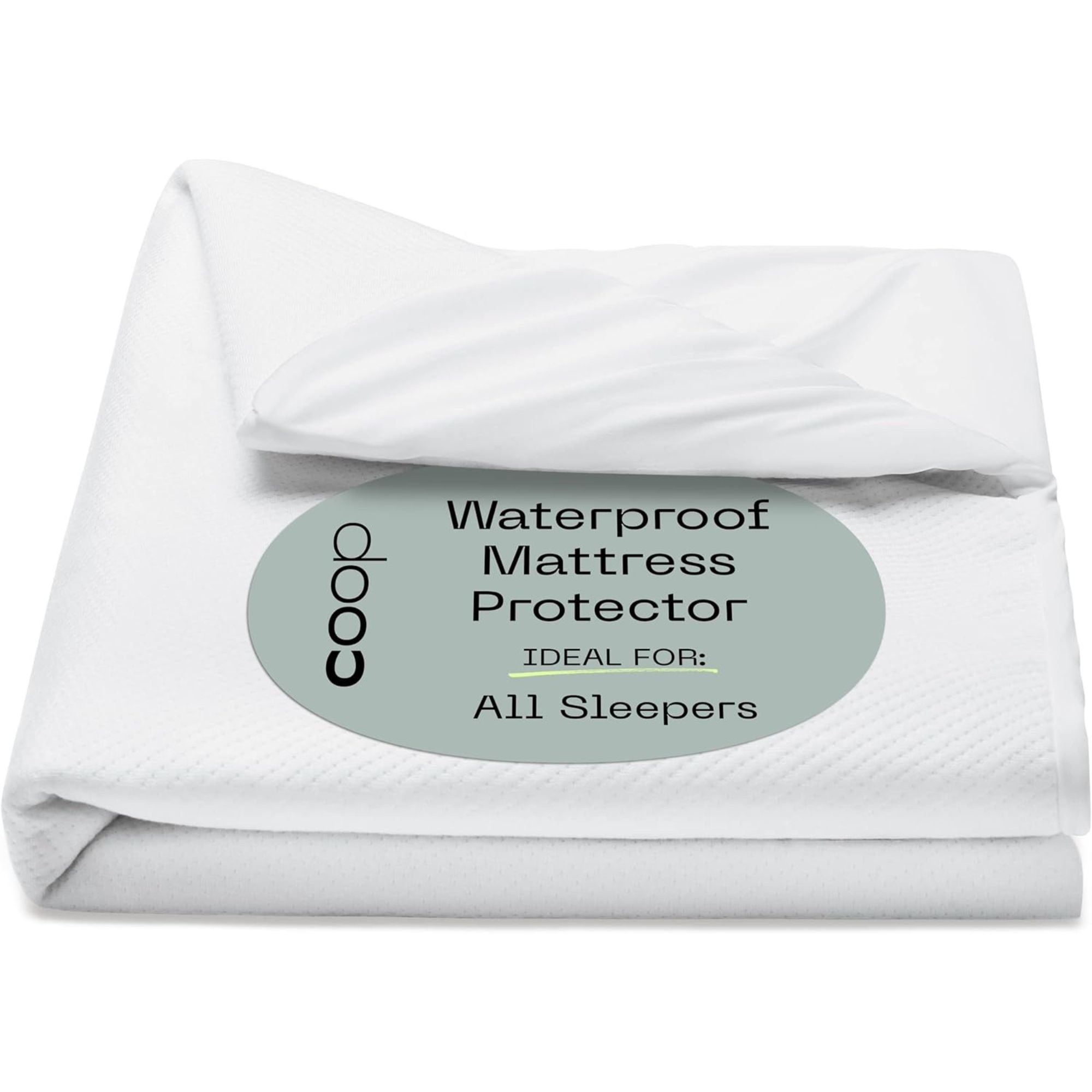
If you suffer from night sweats, then you'll appreciate this moisture-wicking mattress protector. It's 100% waterproof to guard against sweat, spills, and stains.
When is it time to replace a memory foam mattress?
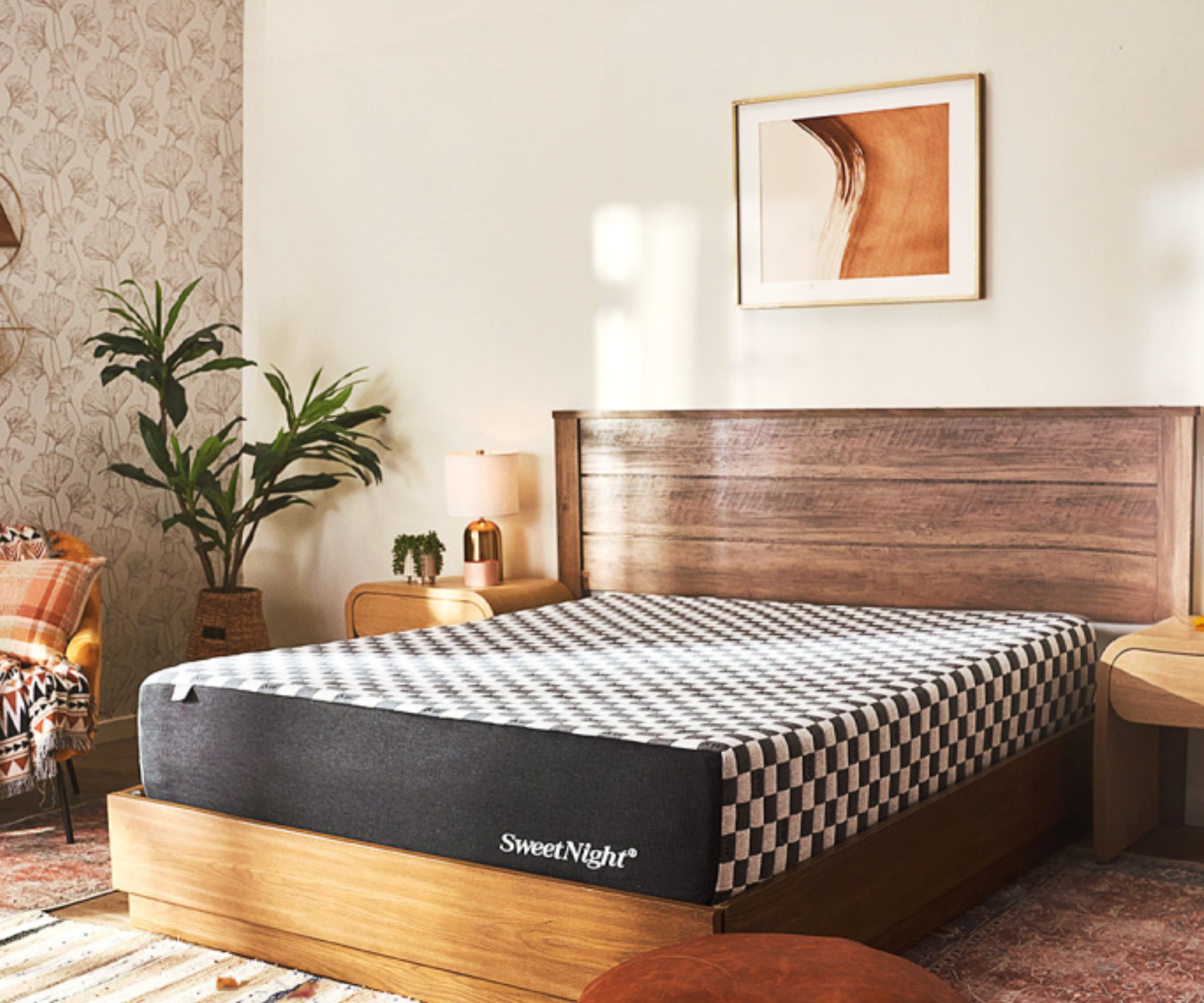
'In terms of comfort and support, there are two main signs that start to manifest when it's time to replace a memory foam mattress,' says licensed chiropractor Dr. Matt Cavanaugh.
'The first sign is that your mattress may start to sag or develop indentations that do not bounce back to its normal position. You might experience this as an uneven surface or a loss of firmness. This means that your mattress has lost its proper support.'
'This will lead to the second sign, which is an increase in pain and stiffness first thing in the morning. This happens because your mattress cannot properly support your spine in a neutral position.'
Final thoughts
The best way to prolong the life of your memory foam mattress is to keep it clean, just as you need to clean a memory foam mattress topper. It's worth learning how to clean a memory foam mattress to keep your bed and your body in the best condition.
Sign up to the Homes & Gardens newsletter
Design expertise in your inbox – from inspiring decorating ideas and beautiful celebrity homes to practical gardening advice and shopping round-ups.

Emilia is our resident sleep writer. She spends her days tracking down the lowest prices on the best mattresses and bedding and spends her nights testing them out from the comfort of her own home. Emilia leads a team of testers across America to find the best mattress for every sleep style, body type, and budget.
Emilia's quest to learn how to sleep better takes her all around the world, from the 3Z mattress factory in Glendale, Arizona to the Hästens headquarters in Köping, Sweden. She's interviewed luxury bedding designers at Shleep and Pure Parima, as well as the Design Manager at IKEA. Before she joined Homes & Gardens, Emilia studied English at the University of Oxford.
-
 Thoughtful modernism – how one Dallas home makes bold contemporary design feel warm, welcoming, and comfortable
Thoughtful modernism – how one Dallas home makes bold contemporary design feel warm, welcoming, and comfortableWith its mix of textural finishes and carefully curated furnishings, this modernist home is a refreshing retreat
By Karen Darlow Published
-
 'Wick away the ick' – 6 things people with clean laundry rooms always do to make this hardworking space shine
'Wick away the ick' – 6 things people with clean laundry rooms always do to make this hardworking space shineThese tips on how to clean your laundry room will banish grime
By Seraphina Di Mizzurati Published
-
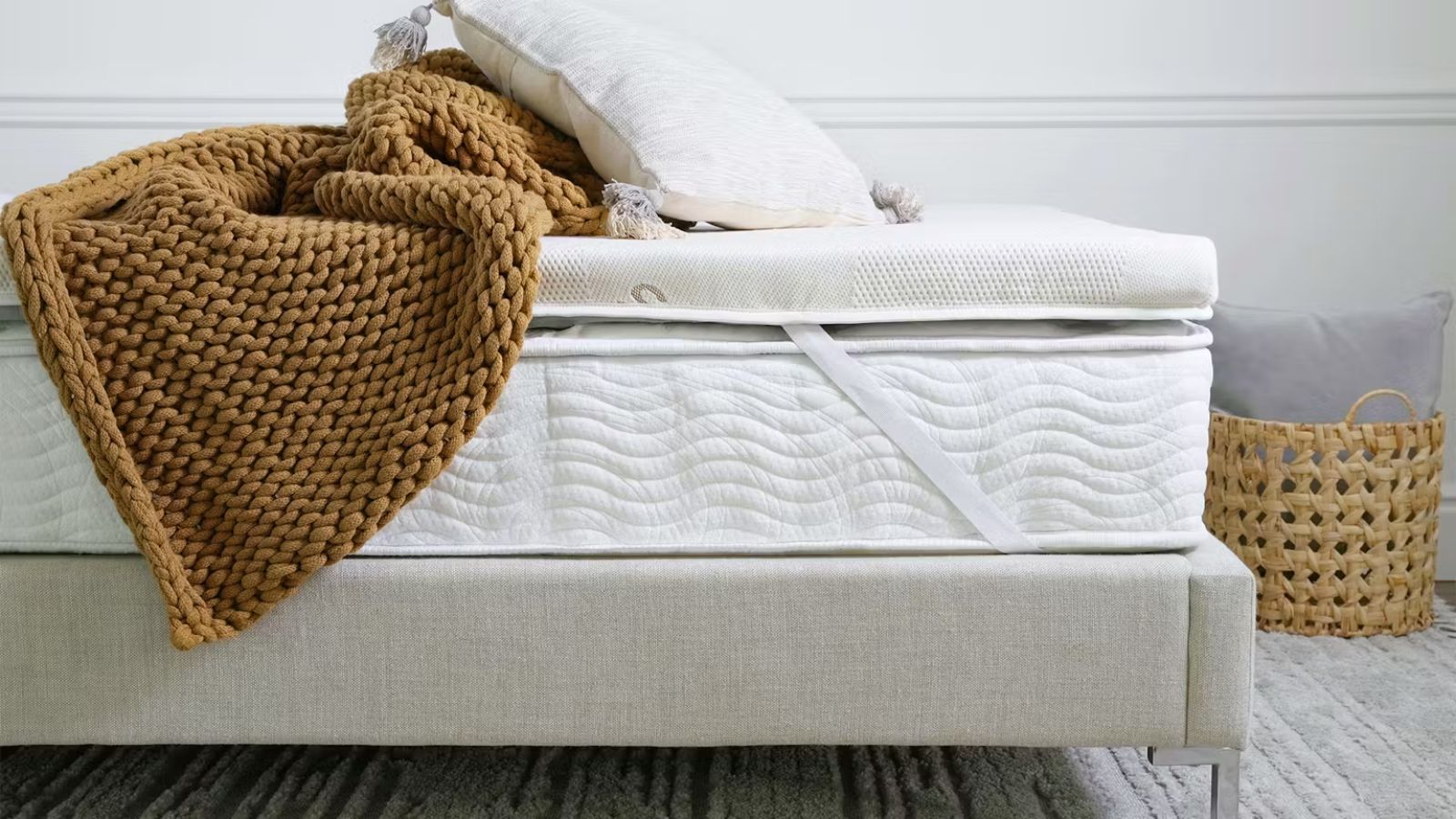 How we test mattress toppers – H&G's expert review process explained
How we test mattress toppers – H&G's expert review process explainedHere's everything you need to know how we test mattress toppers for pressure relief, thermoregulation, motion isolation, and edge support
By Emilia Hitching Published
-
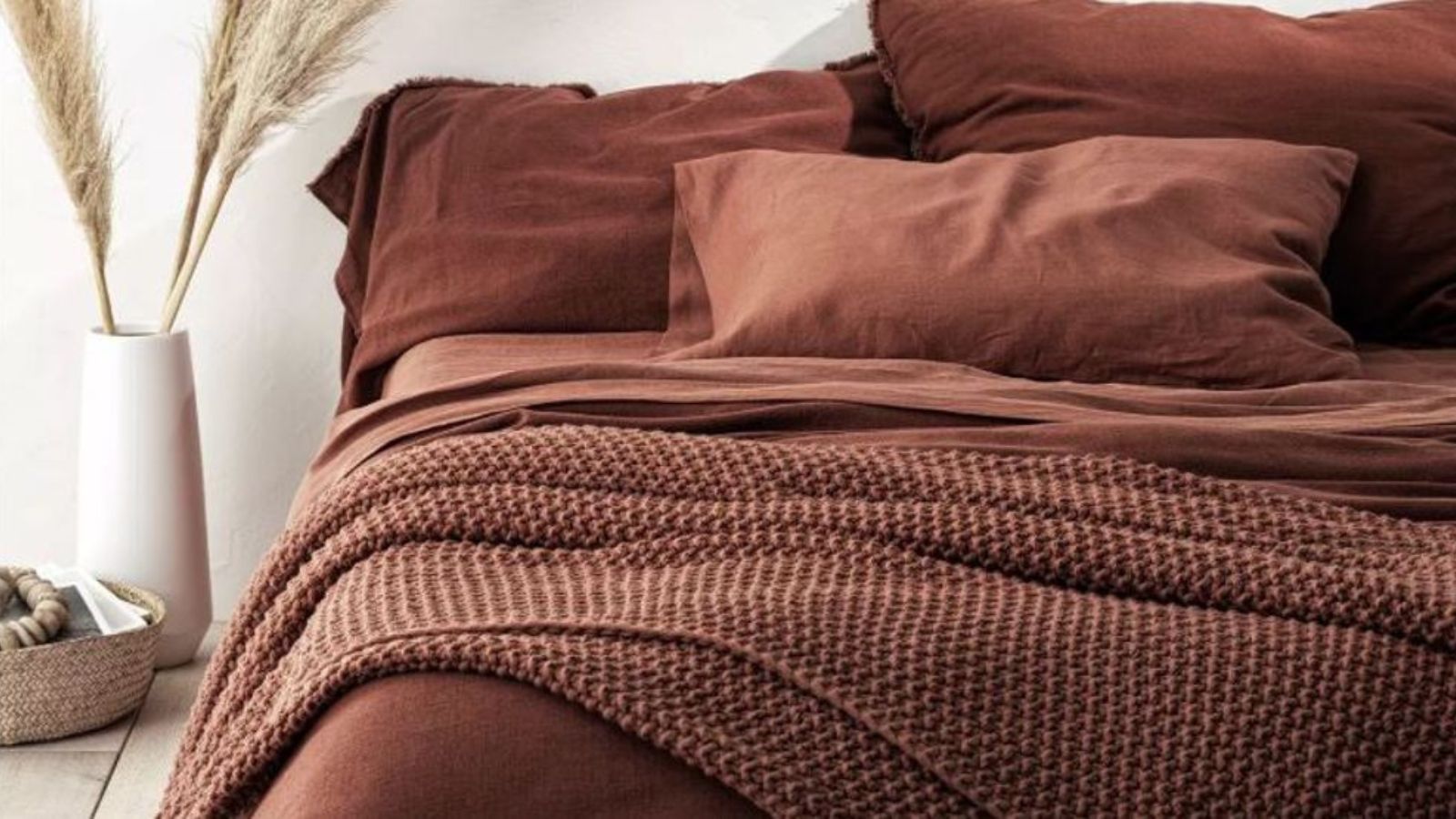 Best places to buy affordable bedding 2025 – save on sheets and shams with these budget-friendly brands
Best places to buy affordable bedding 2025 – save on sheets and shams with these budget-friendly brandsThe best affordable bedding should look and feel expensive − here are my expert recommendations for where and what to shop
By Emilia Hitching Last updated
-
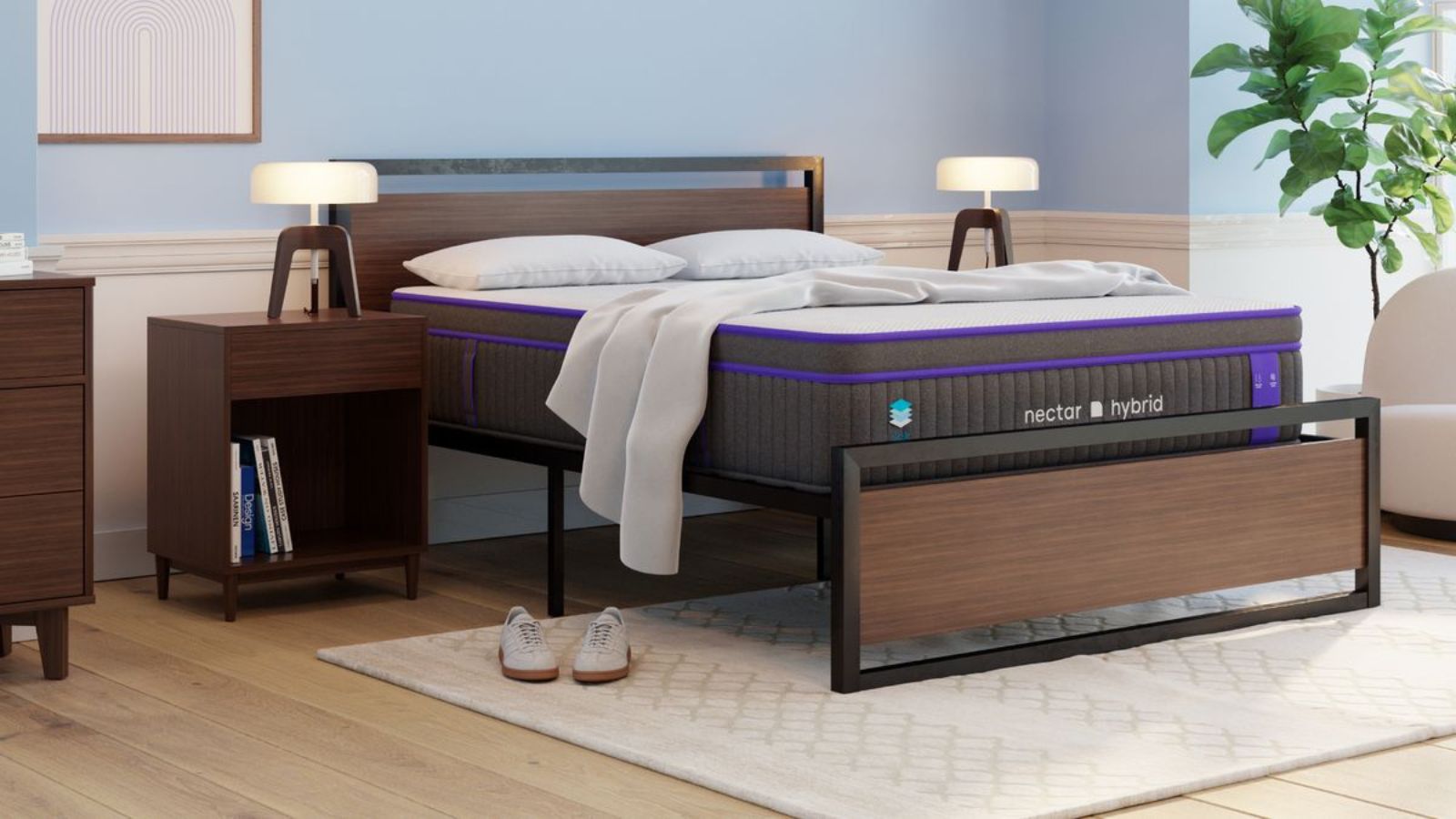 I tried the Nectar Premier Hybrid Mattress – it's so much better than their basic models
I tried the Nectar Premier Hybrid Mattress – it's so much better than their basic modelsCompared to the Nectar Classic Foam Mattress, the Nectar Premier Hybrid boasts far superior edge support and thermoregulation
By Millie Hurst Last updated
-
 What's the best pillow position for the best night's sleep? Sleep experts weigh in
What's the best pillow position for the best night's sleep? Sleep experts weigh inBecause sometimes it's the small things that can have a big impact on your sleep quality
By Michele Ross Published
-
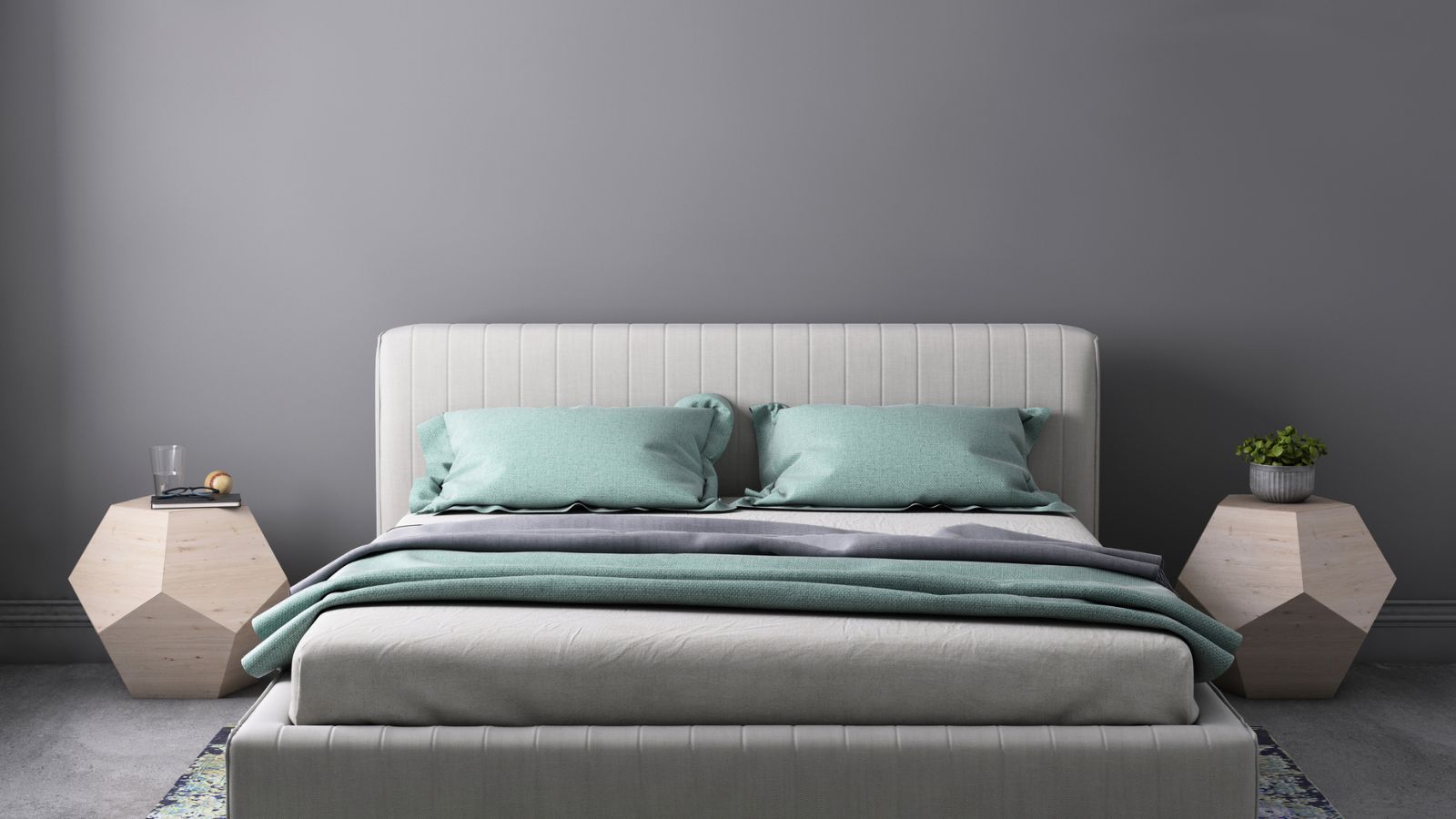 5 signs you're sleeping on a bad mattress − how to spot the red flags
5 signs you're sleeping on a bad mattress − how to spot the red flagsI asked medical professionals and sleep scientists how to spot the signs you're sleeping on a bad mattress and when it's time to upgrade
By Emilia Hitching Last updated
-
 What is a futon mattress? Your expert guide
What is a futon mattress? Your expert guideFor flexible comfort and short-term stays, there's nothing like a futon mattress − I've searched the web to bring you the best fold-out beds
By Emilia Hitching Last updated
-
 Platform bed vs box spring – what's the difference and which is best for you?
Platform bed vs box spring – what's the difference and which is best for you?Unsure whether a platform bed or a box spring is right for your set up? We break down these two mattress foundation options
By Alison Barretta Published
-
 What is a platform bed? Everything you need to know about this stylish mattress support
What is a platform bed? Everything you need to know about this stylish mattress supportLearn how this low profile bed frame can elevate the look of your bedroom
By Alison Barretta Published
